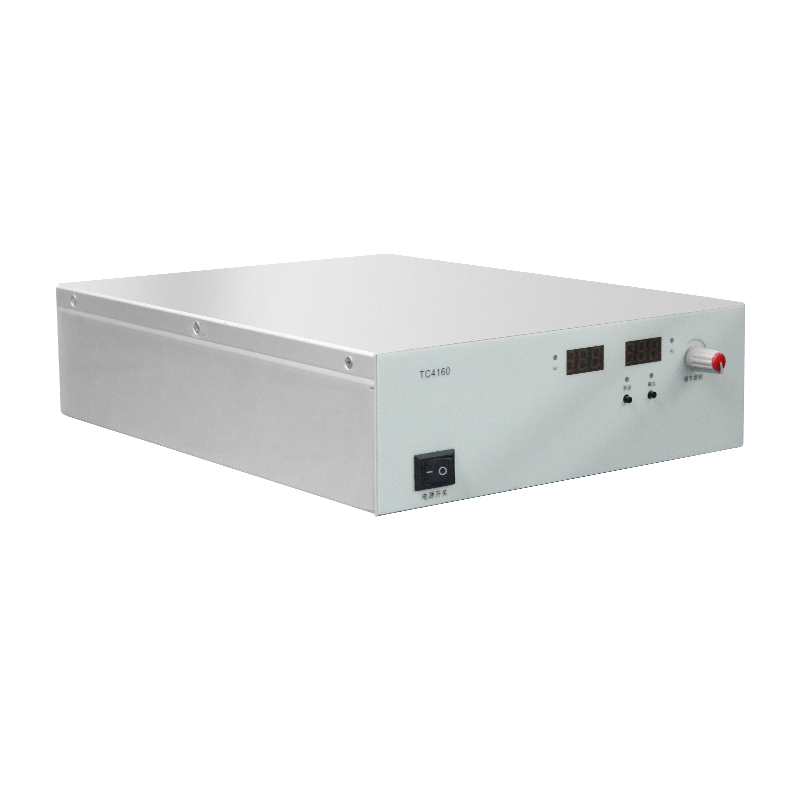Intelligent High-Voltage Power Supplies: The Core Engine Reshaping Production Process Control
In the Industry 4.0 era, the intelligent transformation of production processes profoundly relies on innovations in high-voltage power technology. Traditional power equipment merely provides basic electrical support, whereas intelligent high-voltage power supplies—integrated with IoT, artificial intelligence, and adaptive control technologies—have become the core engine for dynamic response, precise regulation, and energy efficiency optimization in production processes, driving manufacturing toward high precision, high reliability, and sustainability.
1. Core Technology: From Static Power Supply to Dynamic Intelligent Control
Precision Dynamic Control
Intelligent high-voltage power supplies utilize high-precision sensors (±0.1% voltage/current accuracy) to monitor load changes in real-time, dynamically adjusting output via digital signal processing algorithms. For example, in semiconductor ion implantation, the power supply must respond within microseconds to maintain electron beam energy stability, ensuring impurity atom injection depth errors of less than 1nm, thereby increasing chip yield rates to over 90%.
Intelligent Energy Management
AI-based load prediction algorithms enable dynamic allocation of modular units. In electroplating lines, the system activates high-current output (4A/dm²) during initial deposition and automatically switches to low-current maintenance mode later, reducing energy waste by 20%. Real-time temperature and efficiency modeling further deactivates low-efficiency modules, ensuring optimal system performance.
System Synergy Integration
Through protocols like Industrial Ethernet and OPC UA, intelligent power supplies integrate deeply with MES (Manufacturing Execution Systems). In automotive welding lines, power parameters (e.g., current waveform, rise time) synchronize with robotic movements, while SCADA systems analyze millions of data points daily to optimize welding consistency.
2. Application Scenarios: Breakthroughs in Full-Process Intelligence
Semiconductor Manufacturing: Guardian of Nanoscale Processes
In wafer testing, intelligent power supplies enable multi-stage programmable outputs (e.g., 0–5kV linear sweeps) to simulate extreme operating conditions. Remote diagnostics predict capacitor aging risks 48 hours in advance, reducing equipment downtime by 30%.
Surface Treatment: Revolutionizing Electrochemical Precision
Real-time cathode current density regulation in electroplating tanks compensates for electrolyte concentration fluctuations, limiting coating thickness variation to ±0.5μm and slashing defect rates from 15% to below 5%.
Multi-Device Coordination: Foundation of Flexible Manufacturing
Modular power systems with parallel redundancy design switch faulty modules within 3ms. For instance, if a laser etcher overloads in a photovoltaic panel assembly line, the load instantly shifts to backup modules, ensuring continuous operation.
3. Technological Evolution: Three Future Directions
AI-Driven Predictive Maintenance
Deep learning models analyze historical data to predict power module lifespan decay. By identifying early signs of transistor junction temperature anomalies from 100,000 operating hours, maintenance costs are reduced by 40%.
Digital Twin and Virtual Commissioning
Physical parameters (e.g., ripple coefficient, thermal distribution) are mirrored in real-time within digital twin platforms, cutting new process debugging cycles from 14 days to 72 hours.
Green Energy Closed Loop
Integrated with photovoltaic storage, intelligent power supplies achieve peak-valley regulation and regenerative braking energy cycles. In CNC machine clusters, 35% of braking energy is recycled, reducing annual carbon emissions by 120 tons.
Conclusion
Intelligent high-voltage power supplies have transcended traditional power equipment to become the neural hub of industrial processes. Through millisecond dynamic response, nanoscale precision control, and AI-driven energy efficiency revolutions, they are redefining the boundaries of production efficiency and quality. With advancements in edge computing and quantum power devices, the next generation will evolve toward self-sensing, self-deciding, and self-optimizing systems, infusing smart manufacturing with an inexhaustible surge of power.




















